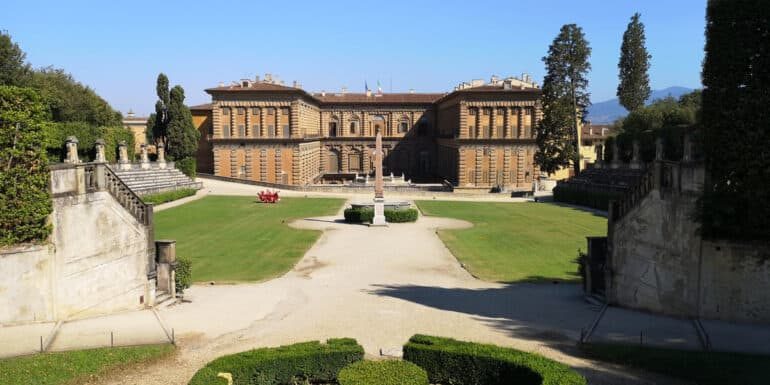Discover the beauty of the historical garden and UNESCO World Heritage site.
Amongst the hustle and bustle of the city, Florence has many picturesque gardens to connect with nature. The most notable one is the Boboli Gardens, which covers nearly 112 acres outside the Palazzo Pitti. Here is all you need to know about the historical garden of Florence, and why you shouldn’t ignore the Boboli Gardens on your tourism to-do list.
Situated just behind the Palazzo Pitti, these sumptuous gardens are perfect for a walk on a sunny day. The Boboli Gardens were developed in the mid-16th century for Eleonora di Toledo, the wife of Cosimo I de’ Medici, the second Duke of Florence. Through the Medici family reign, the Gardens were privatized for their use and were not opened to the public until 1766. The Boboli Gardens established the traditional Italian garden style, featuring stonework, symmetrical hedges, and wide paths.
It’s no accident that the gardens are included in the UNESCO World Heritage list. Their quintessential Renaissance style makes them one of the most visited attractions in the city. The grandeur of the garden’s architecture is evident in every corner.
INSPIRATION
The Most Beautiful Gardens and Parks of Florence
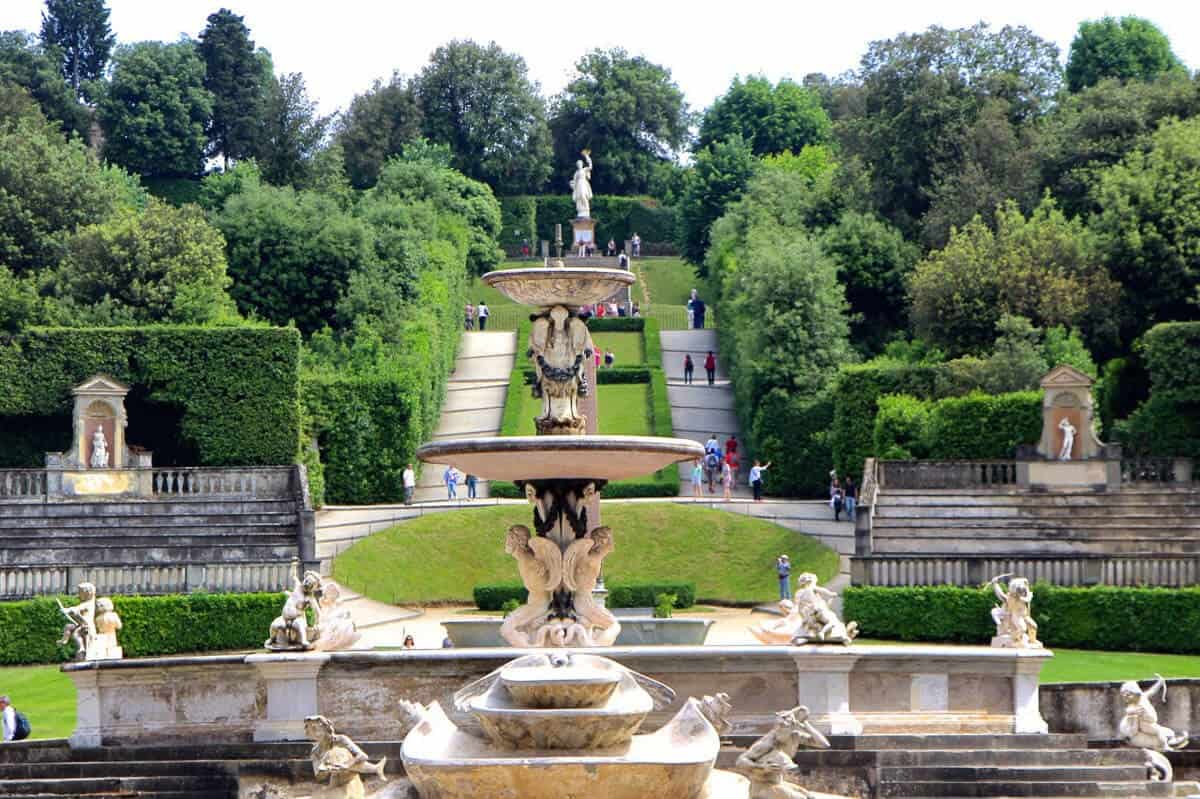
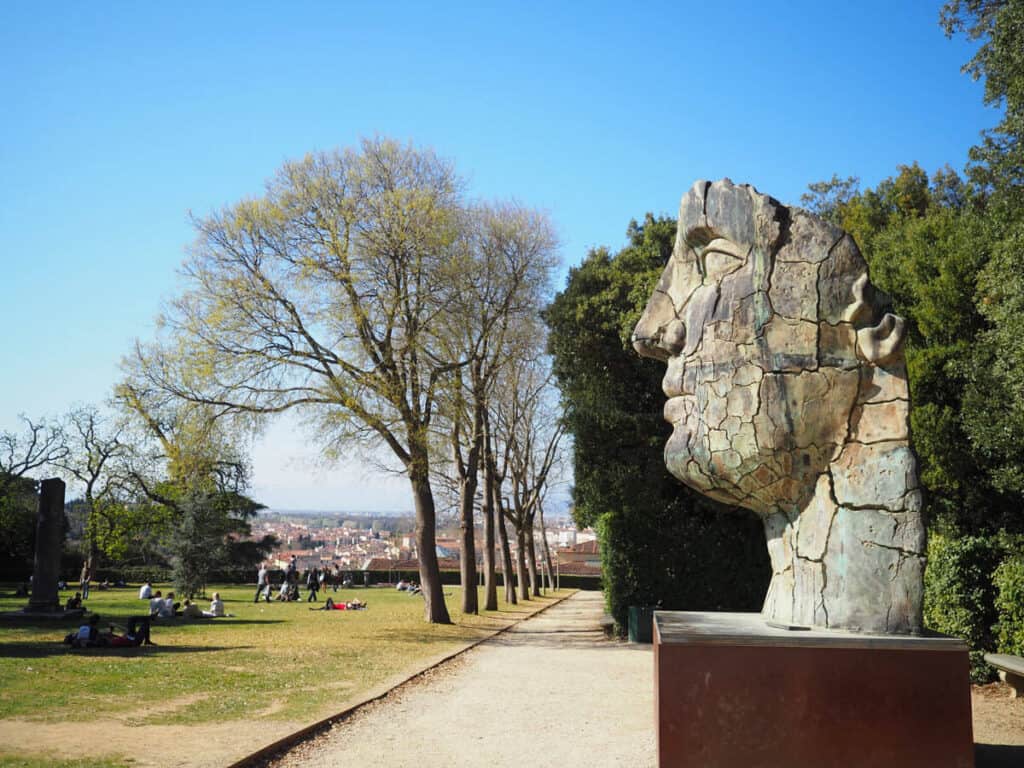
What to see at the Boboli Gardens
First, visitors can admire the majestic amphitheater along the main alley leading to the Egyptian obelisk at the center. This alley concludes with a stunning fountain depicting the god Neptune. Numerous other mythological statues are scattered throughout the gardens, including representations of Jupiter and Bacchus with the Fontana del Bacchino.
The gardens boast many fountains, but the most breathtaking is undoubtedly the Fountain of the Ocean, located on the Isolotto, a small island in the center of the fountain. Statues of the mythological characters Perseus and Andromeda rise from this island, adding to its splendor.
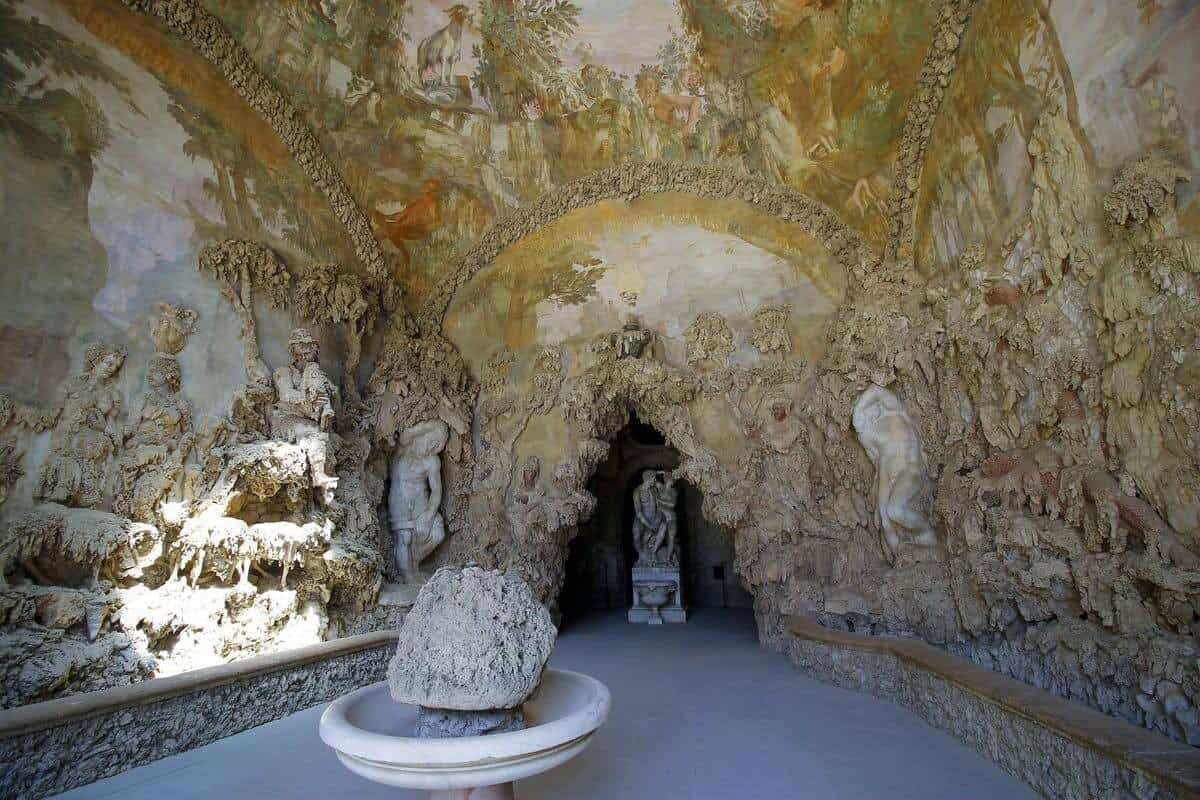
The grottos within the Boboli Gardens also enhance its magnificence. Both the Large Grotto and the Grotto of Madama were constructed by artists Vasari and Buontalenti between 1583 and 1593.
The Large Grotto features imitations of stalactites to create a natural look, complemented by statues, waterworks, and vegetation, representing perfect examples of Mannerist architecture. The Large Grotto comprises three rooms, filled with statues of mythological deities such as Ceres and Apollo. These rooms are adorned with frescoes and shells, creating a harmonious blend of natural and artistic elements.
The second grotto, known as the Grotto of Madama, is smaller but equally opulent. Its entrance is decorated with a tympanum flanked by two pilasters. Both the exterior and interior spaces are crafted with faux rock, giving a natural appearance that contrasts with the luxurious marble and statues within the grotto.
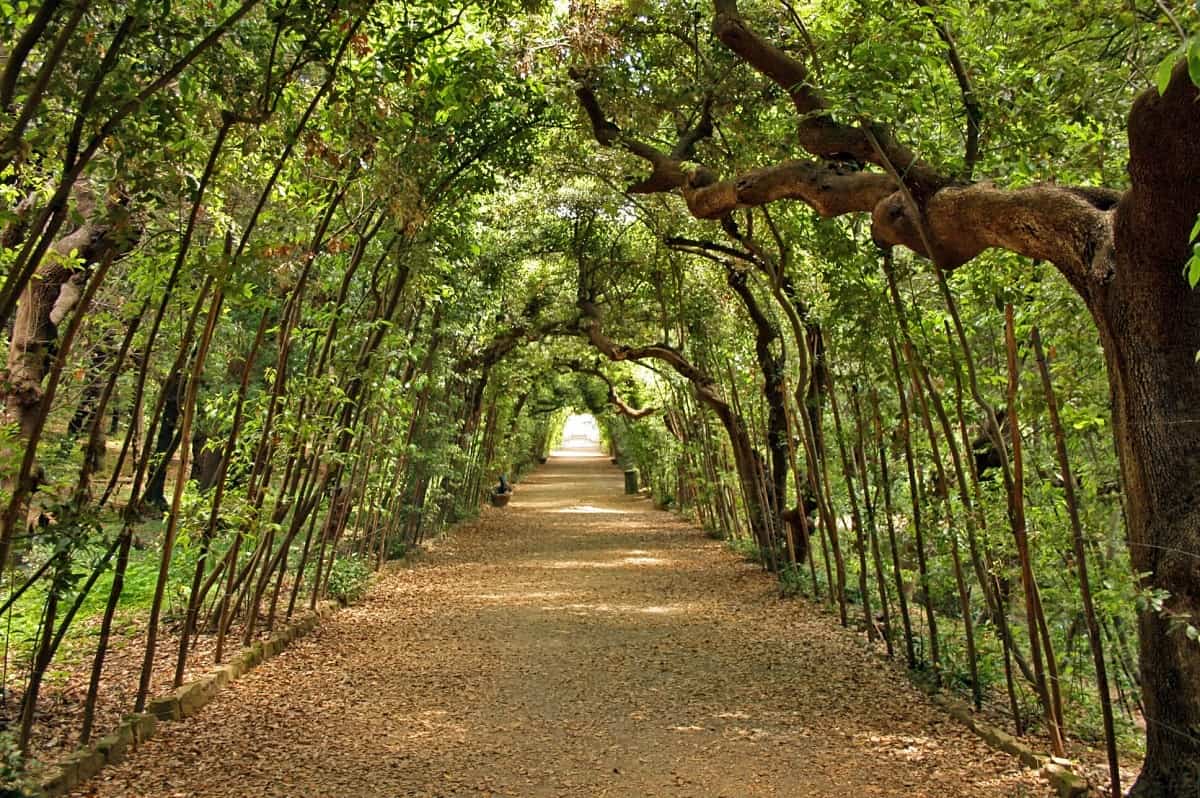
A relaxing break from the crowds
The Boboli Gardens are rarely empty. According to the Gallerie degli Uffizi, the organization that oversees major museums and historic landmarks in Florence, over 1.5 million visitors roamed the grounds in 2021 alone. However, you’ll feel refreshed and at peace when entering the gardens. They are so sprawling that you rarely bump into others as you do on the city streets. Guests trade car honks and hollers for bird chirps and flowing water from the gardens’ many ornate fountains.
While it may feel exhilarating to be one of the thousands of people exploring the piazzas of Florence, the Boboli Gardens offer an entirely different perspective of the city once you make the trek up the steep cobbled paths. Beyond the hedges and cypress trees there is a view that is as much a masterpiece as the paintings in the nearby Palazzo Pitti. The commanding roof of the Duomo, accompanied by the ringing of Giotto’s Bell Tower, is striking and intimately close in view, with the rolling green hills of Tuscany dipping into the sky.
Walking around the Boboli Gardens is like a journey into the Renaissance architecture where the visitors can admire sumptuous sculptures and fountains, among others, revealing the talent of the artists of that time. With the sunny days ahead, the Boboli Gardens will be the place to be in Florence this spring.
Boboli Gardens
Open
Monday to Sunday
Opening hours
8:15 am
Closing hours
4.30pm in January, February, November, December
5.30pm in March and October
6.30pm in March, April, May, September, October
7.10pm June, July, August
Tickets
Regular: 10€ – Reduced: 2€
Contacts: infouffizi@beniculturali.it


